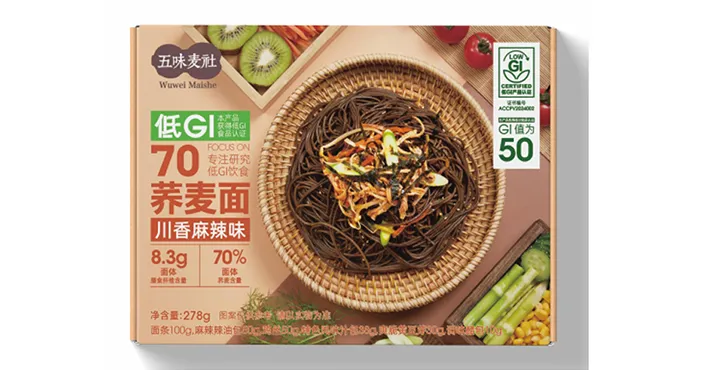how to make whole wheat pasta softer
How to Make Whole Wheat Pasta Softer
Whole wheat pasta has gained popularity in recent years due to its health benefits, including higher fiber content and more vitamins and minerals compared to refined pasta. However, many people find that whole wheat pasta can be a bit firmer or denser, which might not be to everyone's taste. If you're looking to enjoy a softer texture without compromising the nutritional benefits, here are some tips and techniques to make your whole wheat pasta softer.
1. Choose the Right Flour
The first step in making softer whole wheat pasta is choosing the right type of flour. Whole wheat flour can vary significantly in protein content and fineness. Opt for a finely milled whole wheat flour, as it can yield a softer texture compared to coarser varieties. Additionally, consider blending whole wheat flour with all-purpose flour for a more tender result while still enjoying the health benefits of whole grains.
Hydration is crucial when making pasta. Whole wheat flour absorbs more water than white flour due to its higher fiber content. When preparing your dough, add extra water gradually until you reach a pliable consistency. A typical ratio is around 1 to 1.5 cups of water for every pound of flour, but feel free to adjust based on the texture you desire. Letting the dough rest for about 30 minutes to an hour before rolling it out will also help the flour fully hydrate, leading to a softer pasta.
3. Incorporate Eggs or Oil
Adding eggs to your pasta dough can enrich its flavor and improve the texture. The proteins in the eggs can contribute to a softer pasta and help bind the ingredients together. A standard recipe might include one egg for every cup of flour. Alternatively, you can introduce olive oil into the dough—about one tablespoon for each cup of flour. This not only adds flavor but also creates a silkier texture, making the pasta easier to chew.
how to make whole wheat pasta softer

4. Roll the Dough Thin
When rolling out your pasta dough, aim for a thinner consistency. Thicker pasta tends to be chewier and denser, while thin sheets yield a softer bite. Use a pasta machine if you have one, as it allows for even thickness. When rolling by hand, make sure to use ample flour on your surface to prevent sticking, and keep rolling until the dough reaches your desired thickness, typically around 1/16 of an inch.
5. Cooking Technique
The cooking process is just as vital as the preparation. Begin by boiling a large pot of salted water before adding the pasta. Cooking whole wheat pasta requires a few extra minutes compared to regular pasta. Check for doneness by tasting it; it should be al dente but can easily be cooked a bit longer if you desire a softer texture. A helpful tip is to take the pasta off the heat a minute or two before it reaches your ideal texture and let it rest in the warm water. This allows it to continue cooking gently, perfecting the softness.
6. Sauce Matters
Finally, the sauce you choose can play a significant role in how your whole wheat pasta feels in your mouth. Creamy or oil-based sauces can coat the pasta and augment its softness, while chunky sauces may contribute to a firmer bite. Consider pairing your whole wheat pasta with a light cream sauce, pesto, or a simple olive oil and garlic mixture for a softer experience.
In conclusion, making whole wheat pasta softer is entirely achievable with a few simple modifications. From selecting the right flour and adjusting hydration levels to incorporating eggs or oil and mastering your cooking technique, each step contributes to the overall texture of your dish. Enjoy your fresh, healthier creation with a flavorful sauce, and relish the changes you've made to elevate your pasta experience!
-
Unlock the Delicious Potential of Yam NoodlesNewsAug.11,2025
-
The Authentic Taste of Lanzhou NoodlesNewsAug.11,2025
-
Savor the Art of Hand Pulled NoodlesNewsAug.11,2025
-
Indulge in the Timeless Delight of Spaghetti BologneseNewsAug.11,2025
-
Indulge in the Rich Flavor of Braised Beef NoodlesNewsAug.11,2025
-
Elevate Your Meals with the Magic of Fresh PastaNewsAug.11,2025
-
Unleash Your Inner Chef with Delectable Italian Pasta CreationsNewsAug.01,2025
Browse qua the following product new the we

















































































































